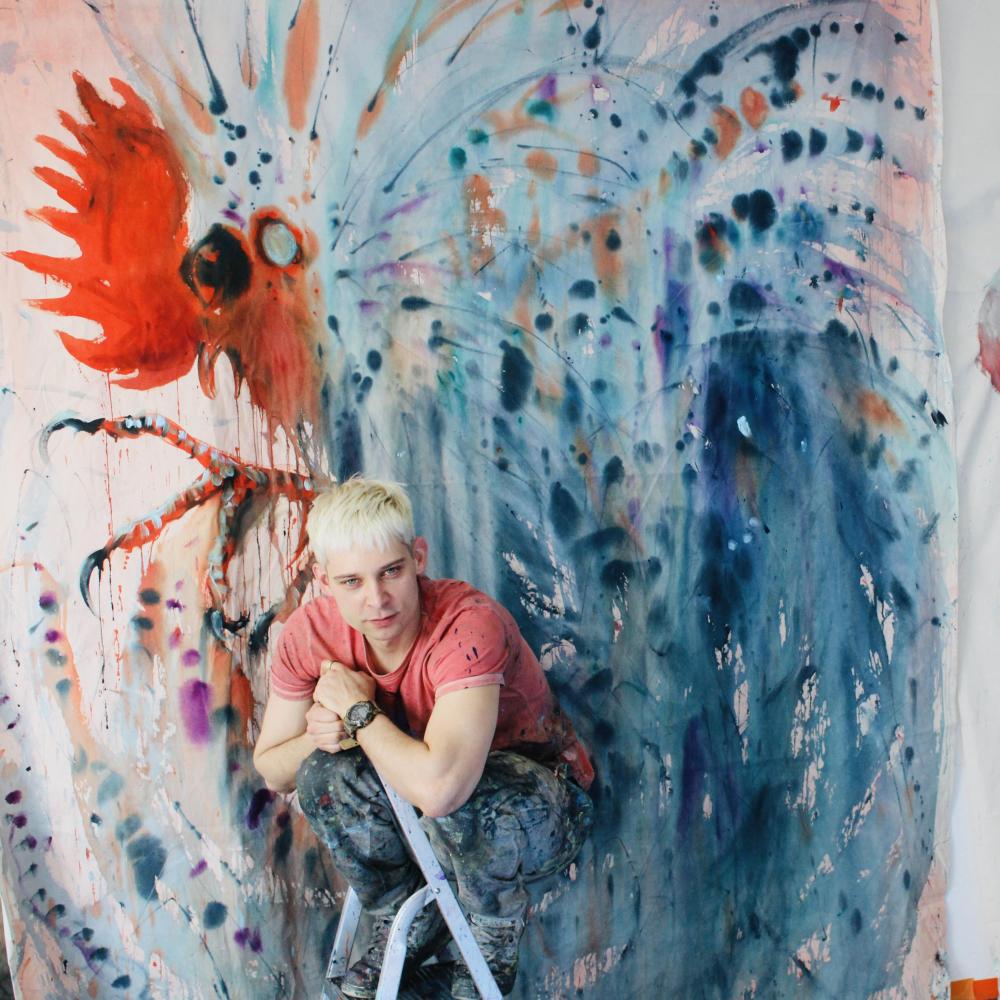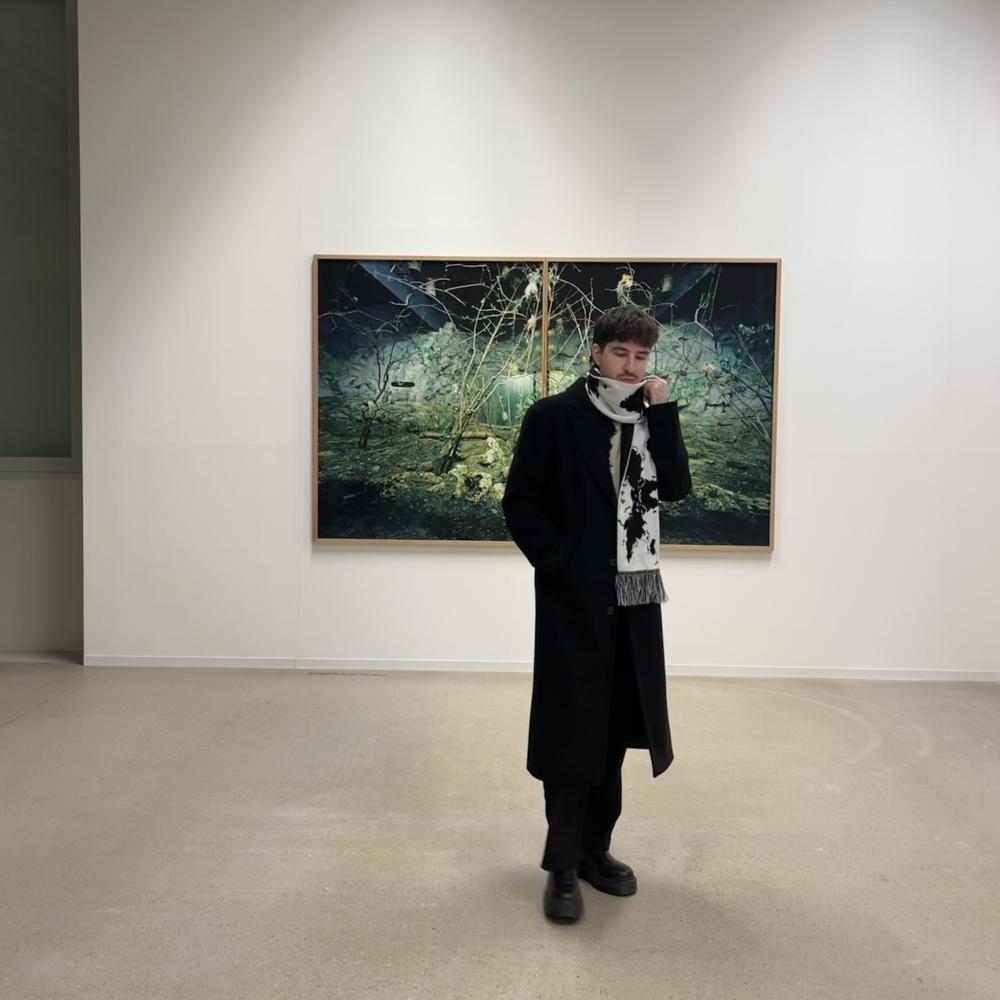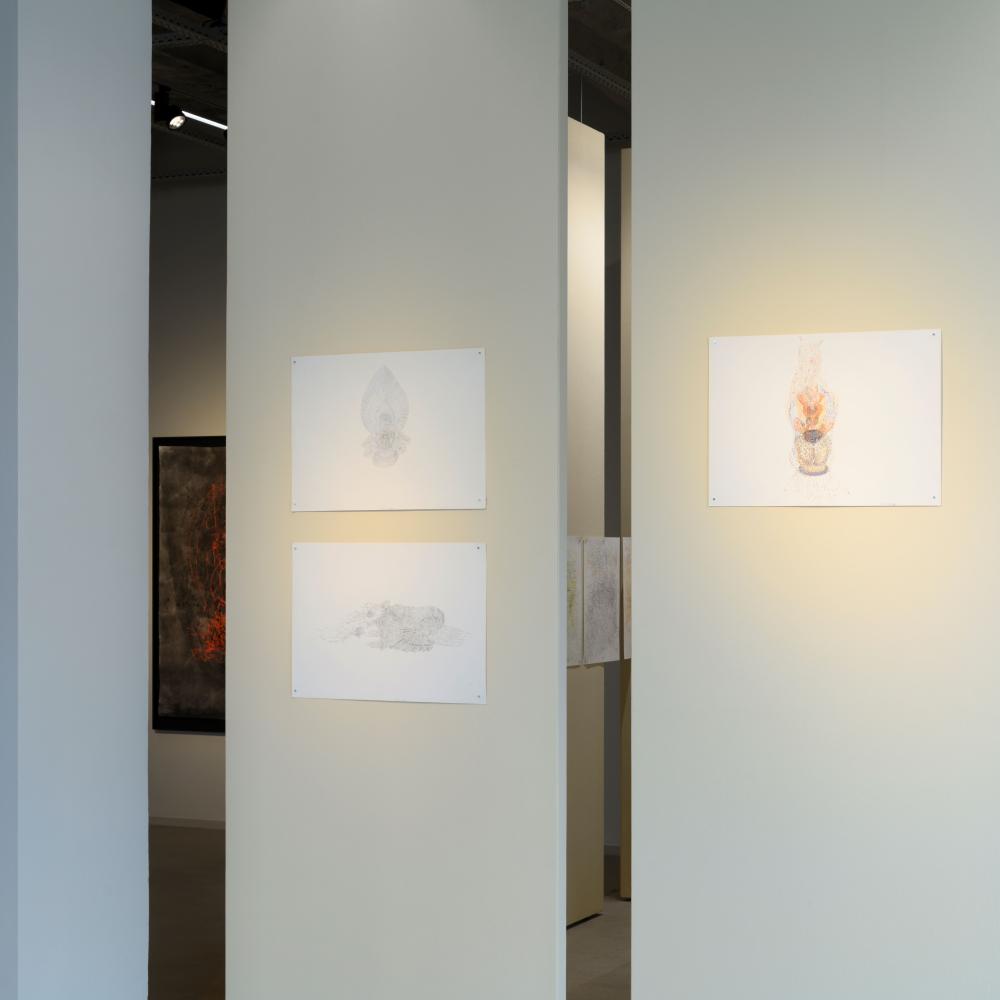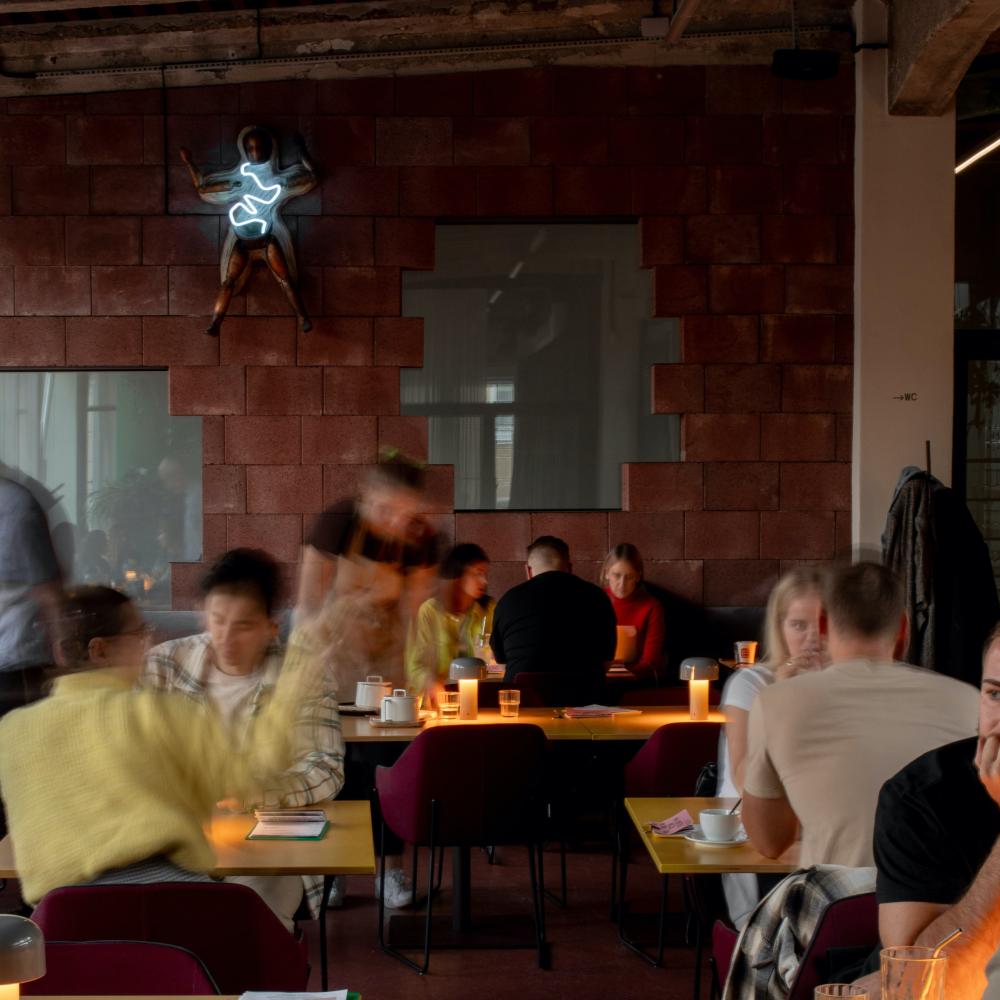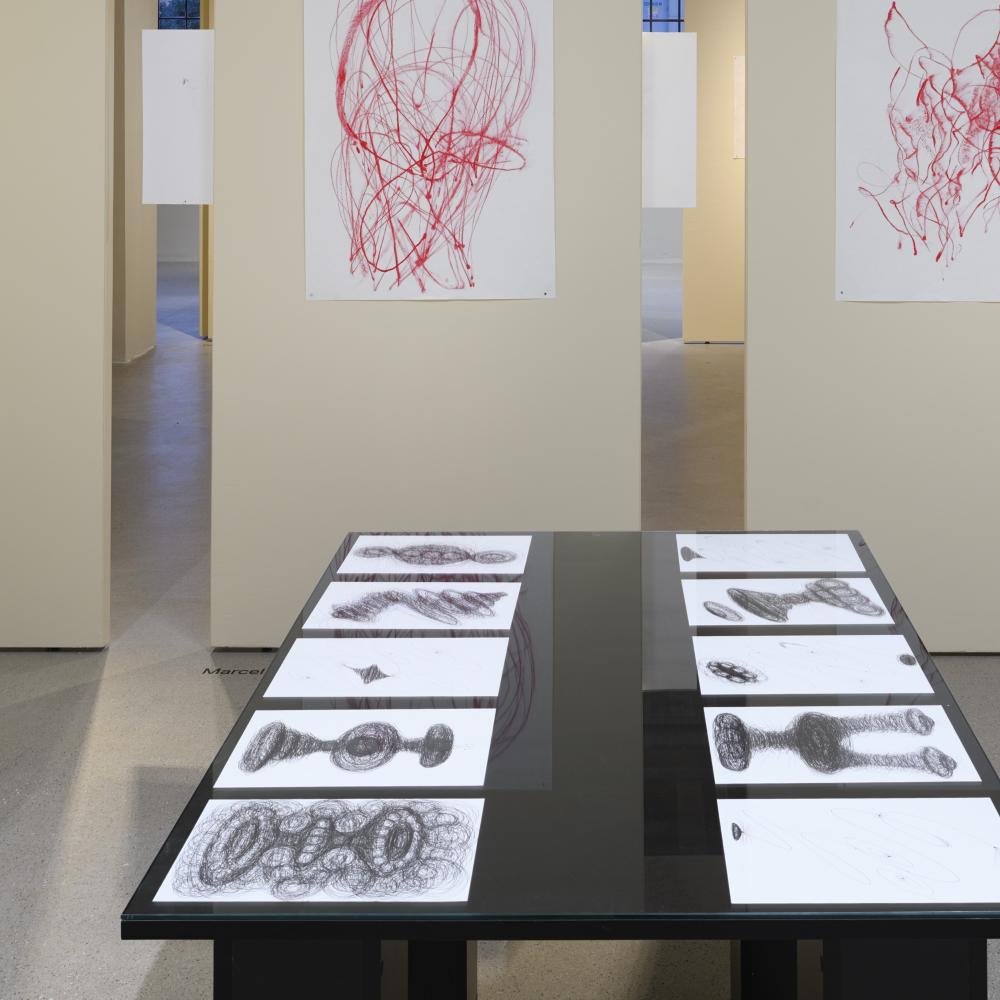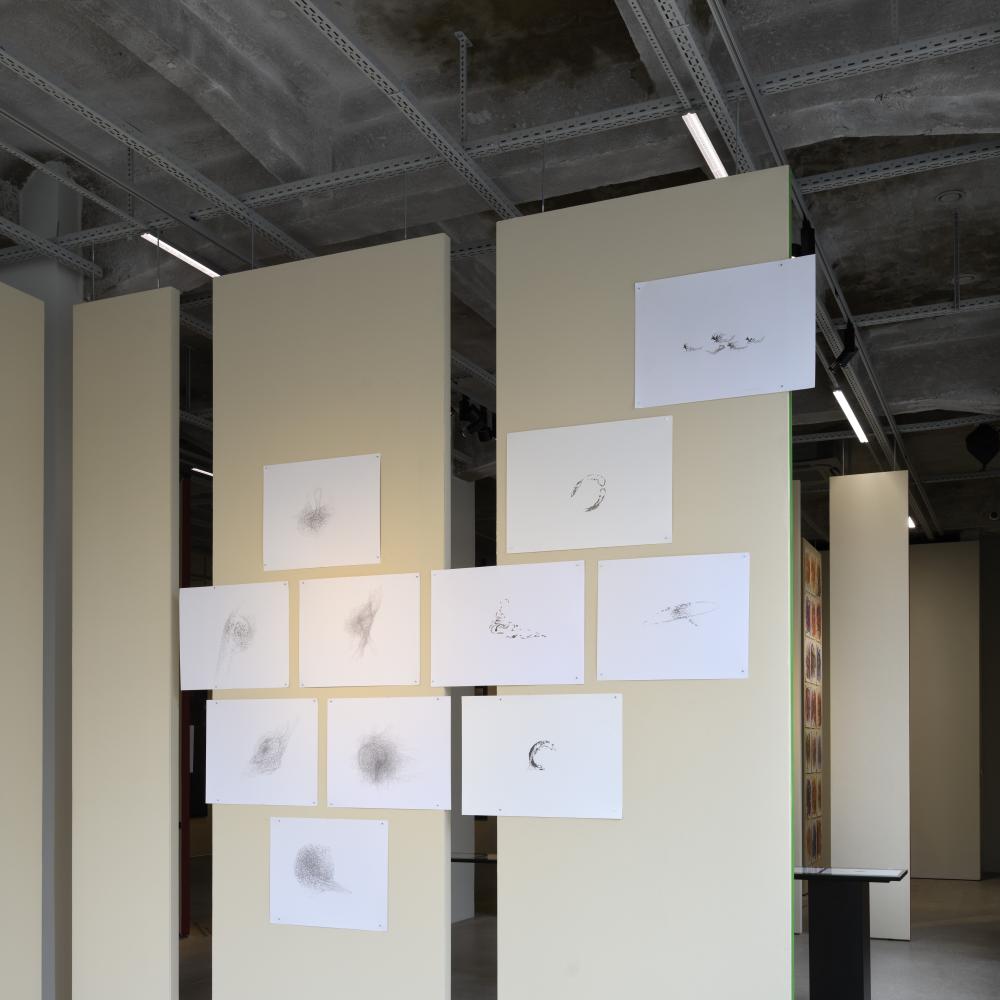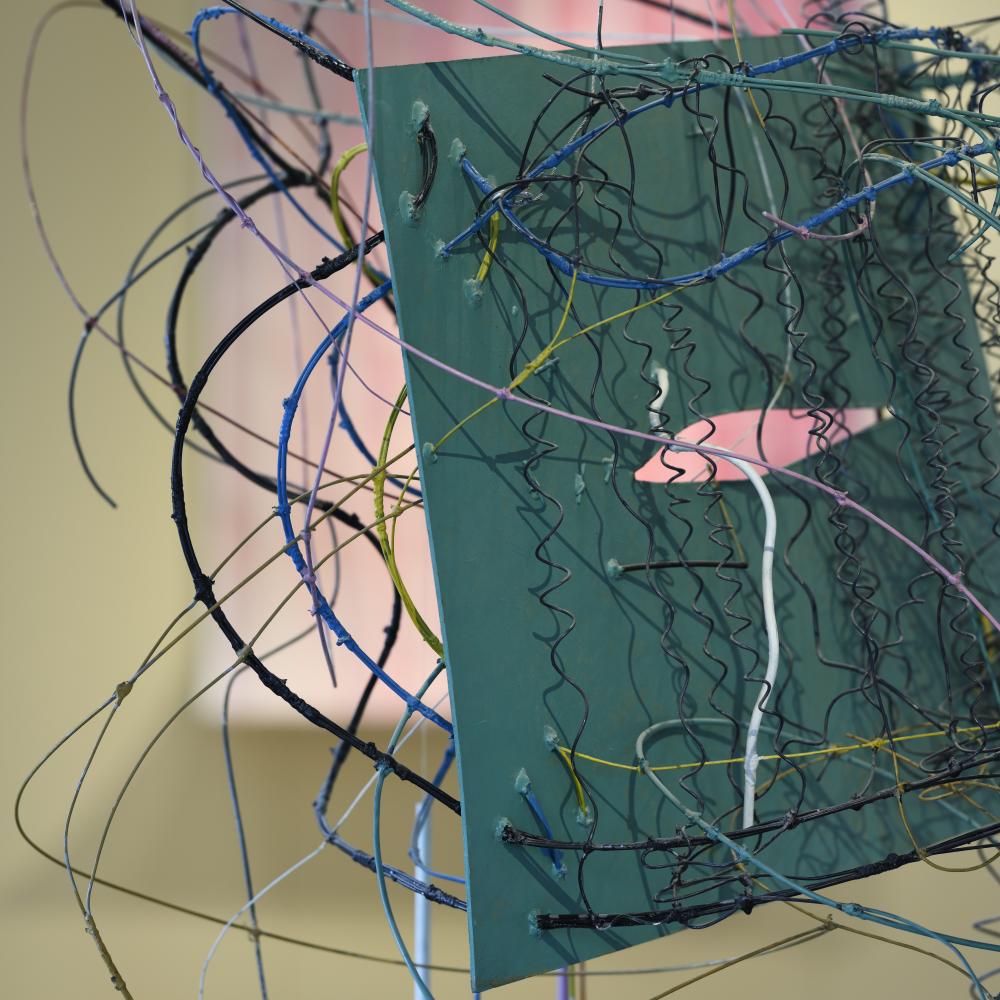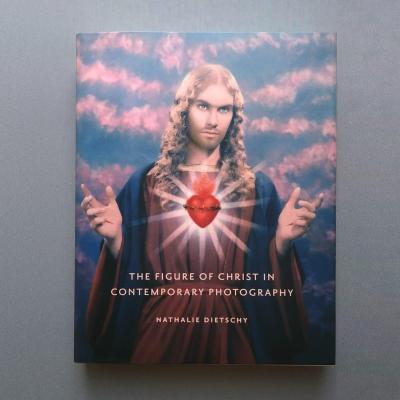
Ivan Pinkava and contemporary interpretations of Christ: a book on Christian themes in world photography has been published
In The Figure of Christ in Contemporary Photography, published last September, Swiss art historian Nathalie Dietschy explores interpretations of Christian visual language in photography. She includes a selection of the major figures in contemporary art photography of the last few decades, who are united by their remarkable work with Christian iconography. Among the artists featured are Greg Semu, David LaChapelle, Renee Cox, and Andres Serrano. And also Ivan Pinkava.
Kanye as Jesus and Jesus as Homeboy
This book offers a selection of Christological scenes that contemporary photography views through the lens of political statements, sexual identities, race, gender, or the clash of global Christianity with local cultures. This last level of meaning is explored, for example, by New Zealander Greg Semu, in whose work traditional iconography takes on a cross-cultural overlap. He places it in the environment of his Samoan roots.
Iconic fashion photographer David LaChapelle, for his part, has not hesitated to have Kanye West pose in a crown of thorns, or to "descend" Jesus into the setting of the American nighttime street in his series Jesus Is My Homeboy (2003).
(Greg Semu, Autoportrait with 12 Diciples from The Last Cannibal Supper series, Cause Tomorrow We Become Christians, 2010; David LaChapelle, Intercession from Jesus Is My Homeboy series, 2003)
Judas Is a White Man
The author devotes a separate chapter to controversially received photographs, whether it be Andres Serrano's eloquent Piss Christ (1987) or Swedish photographer Elisabeth Ohlson Wallin's Ecce Homo (1998) exhibition featuring Jesus in a queer community setting.
Jamaican-American photographer and artist Renee Cox, for her part, depicted herself in the figure of Christ himself, right in the center of Leonardo's Last Supper. The monumental image, assembled from five panels, was featured in the Committed to the Image exhibition held at the Brooklyn Museum of Art in 2001. The photograph, whose controversy was heightened by its depiction in the nude, was loudly criticised even by then-New York Mayor Rudi Giuliani. Tellingly titled Yo Mama's Last Supper, the image still functions today as an allusion to the disparity between the representation of minorities and the multitude of white figures in the standard "mainstream" art history of recent centuries. The only white man here is Judas.
(Renee Cox, Yo Mama's Last Supper, 1996)
Gestures, Expressions and Overlaps
Compared to socially oriented authors, Pinkava's interpretation of religious themes functions more as an exploration of the relationship between established iconographic schemes and the agency depicted. A number of his works exhibit this tension, including And Then They Will Know Whom They Have Stabbed (1997) and Pieta (1997). As Dietschy writes, Pinkava's photographs do not need established attributes or direct quotations. Their meaning is played out through suggestion, composition, gesture or expression. As with previous photographers, however, what they have in common is a search for a place for traditional visual schemes in a contemporary complex reality.
(Nathalie Dietschy, The Figure of Christ in Contemporary Photography; photo: Ivan Pinkava)
The book The Figure of Christ (...) is now in its second edition, this time in English.
Pinkava's Pieta was on view at the Telegraph Gallery in the exhibition Double Bind through February 14. Or via a virtual tour anytime.
By Šárka Nováková, Telegraph Gallery
